This website uses cookies so that we can provide you with the best user experience possible. Cookie information is stored in your browser and performs functions such as recognising you when you return to our website and helping our team to understand which sections of the website you find most interesting and useful.
Yunnan Province: the travels of a gallerist
By Tempus | 7 April 2021 | Culture, Travel
Katrine Levin’s mission is to discover extraordinary art from places that are less explored and for her, a province in China is the perfect location to find rich experiences
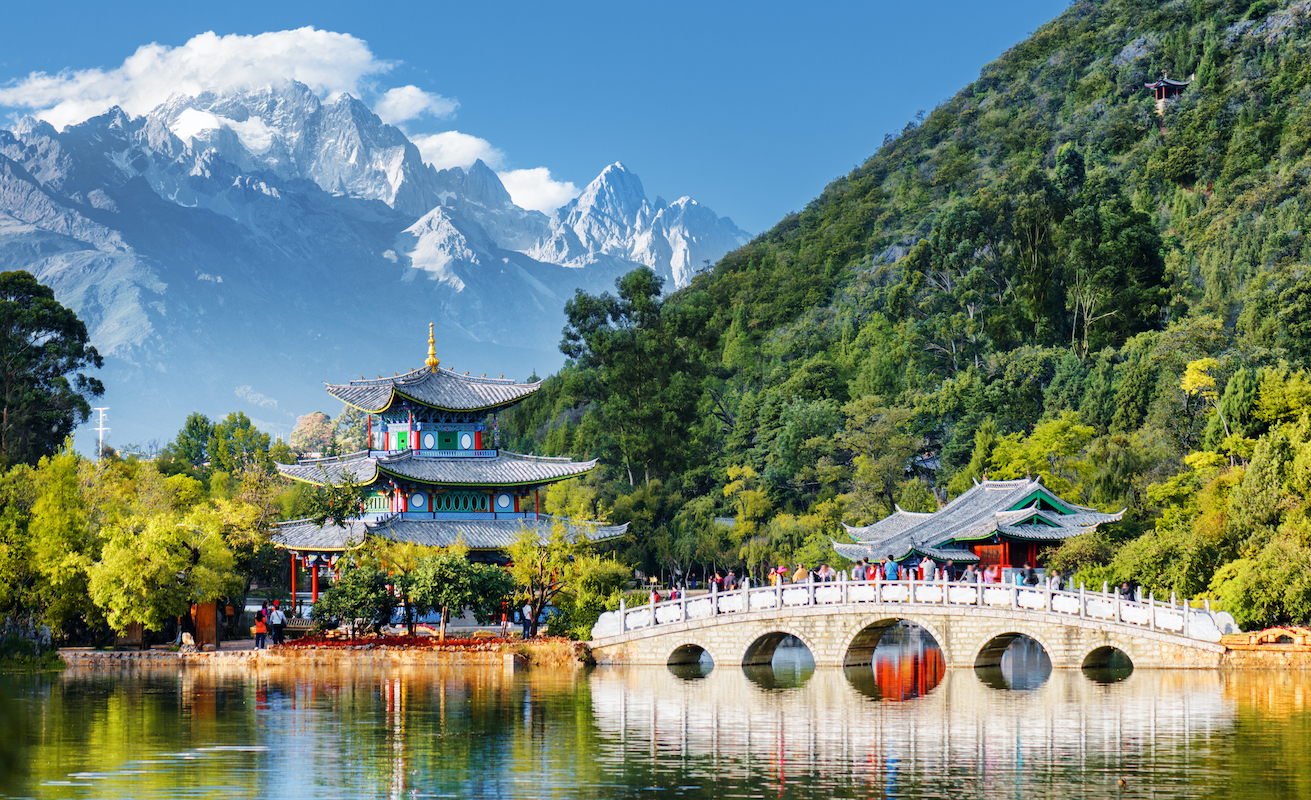
Bordering Tibet, Vietnam, Laos, and Myanmar in China’s southwest, the remote Yunnan Province is a treasure trove waiting to be explored. The most diverse province in China with 55 ethnic minorities, each with their own customs, costumes and language, it is home to World Heritage Sites, tea tree forests and rich Buddhist history. And with spectacular snow-capped mountains, lush jungle and picturesque lakes, it has – as the cliché goes – something for everyone.
Yunnan’s capital, Kunming – meaning “Eternal Spring” owing to its temperate semi-tropical microclimate – is located at the edge of picturesque Dian Lake, overlooked by the Western Mountains. Tucked away among the spectacular steep cliffs and mystical giant firs of the mountain range are ancient Buddhist and Taoist temples that transport you to another time and space. The Dragon Gate Taoist grottoes carved out of the cliffs some 2300 metres above sea level during the mid-Qing Dynasty (1781–1853) are considered one of the finest examples of Chinese Buddhist art and architecture in the country.
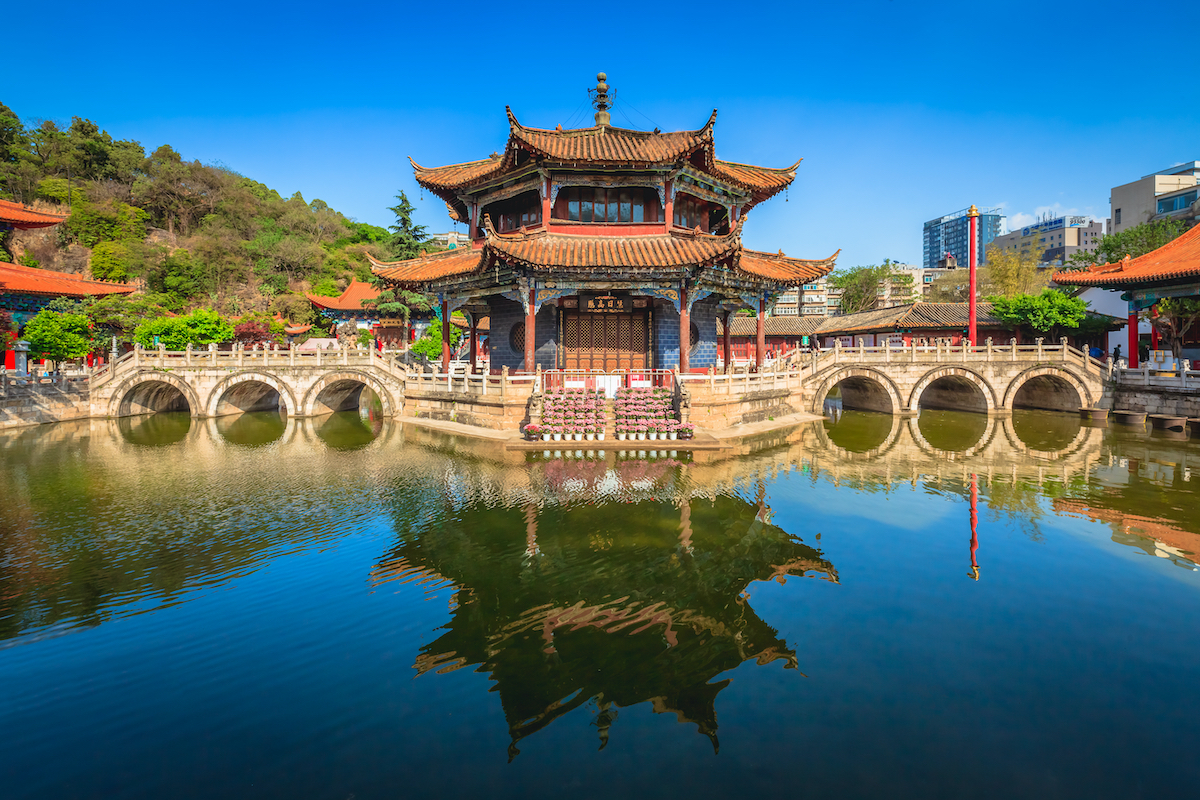
Kunming has blossomed into a buzzing metropolis, a local holiday destination and an artistic hub, but until recently it was a frontier settlement, transformed by the relocation of several universities to the city during the Sino-Japanese War and the exile of many intellectuals to there during the Cultural Revolution under Mao Zedong.
The city’s lush nature, Buddhist art, ethnic diversity and exiled creatives provided fertile ground for artistic experimentation which gave rise to the “Yunnan School” art movement. Yunnan School art exploded right after the Cultural Revolution as a counter to the prevailing theme of the day, Chinese socialist realism, a style heavily favoured by the government and which focused on realism, secularism, strong use of the colour red and featuring nothing remotely controversial.
Against this background, it is not difficult to imagine the shock when the “Yunnan School” debuted in the mid-1970s. The Los Angeles Times noted its use of “nudity, abstraction, religious imagery and decorative style", adding that "these are not the elements usually associated with painting in the People’s Republic of China". And its legacy is still felt to this day; contemporary examples of Yunnan School pieces can be found around Kunming while epoch originals, such as works by Chen Yongle, remain highly prized – and priced – collectibles.
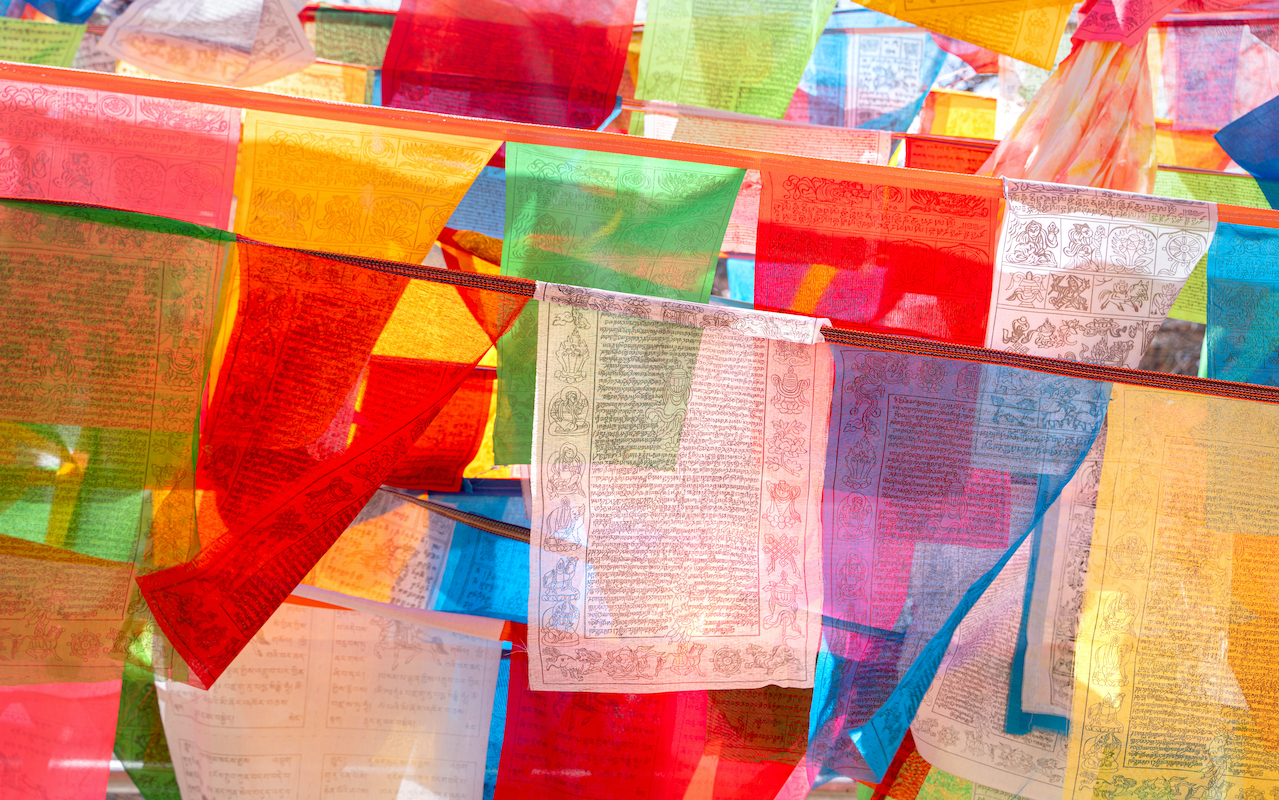
Kunming’s contemporary art scene has great depth and diversity and is constantly evolving, and for Katrine Levin, gallerist and curator, visiting the area was a life-changing moment.
"My step-father, who grew up in Kunming, suggested that I visit artists’ studios there. He opened my eyes and many doors. I was stunned by the calibre of art and inventiveness there. On returning to London, I set up Katrine Levin Galleries to showcase in the West extraordinary artists from ‘places less explored’, both in and outside of China."
Despite open artist studios, some talented artists work off the grid or require an introduction by a local whom they trust. Katrine visited over 50 studios, both on and off the grid, before signing two artists: Chen Li, a maverick dual master of painting and woodblock printmaking whose work was recently acquired by The British Museum; and Gao Xiang, a multi-disciplinary artist, a graduate of the prestigious China Academy of Fine Arts (CAFA) and a Professor at the Yunnan Arts University.
These two extraordinary artists come together for the first time in Yunnan Visionaries, a powerful online exhibition curated by Katrine that looks at the world from Yunnan’s unique and introspective cultural viewpoint.
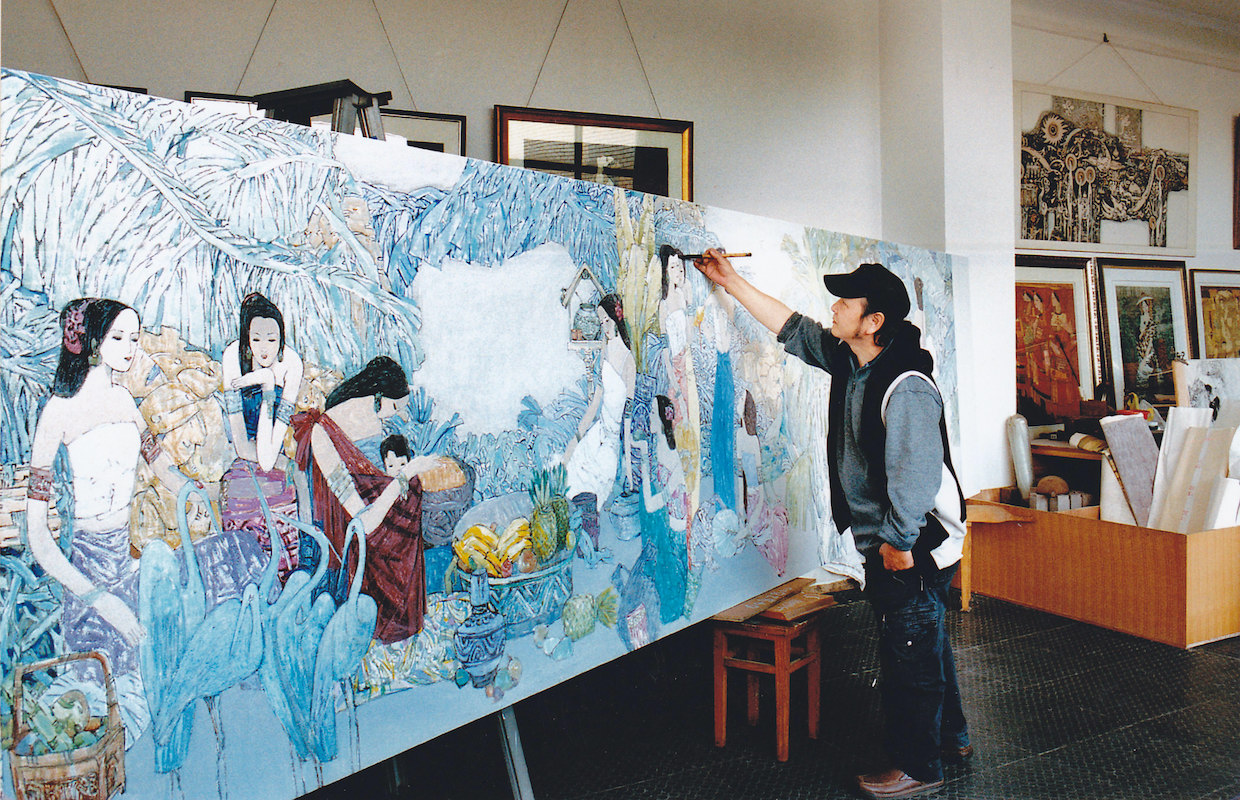
At the centre of Kunming’s contemporary art scene is The Loft or “Chuangku” (创库), one of the earliest art communities in China. Located in a huge former industrial complex it houses artist studios, galleries, bars, and cafés. One of The Loft’s biggest spaces and the city’s most vibrant venues is TCG Nordica, a gallery and centre for music and art which was originally started as a platform for cultural exchange between Scandinavia and China.
Providing a great overview of the city’s broad range of art are many museums with revolving exhibitions of experimental, traditional and ethnic artworks. One of Katrine’s favourites a little off the beaten track is the Yuan Xiaocen Art Museum, named for the famous sculptor whose powerful works are displayed along peaceful trails in landscaped Chinese gardens, contrasting with the building’s impressive contemporary architecture.
Artistic expression is everywhere in Kunming, where past and present co-exist. The East Pagoda, one of the city’s oldest and once tallest structures that was built in the 9th century and rebuilt in the 19th, stands amidst downtown highrises. Luxury steel-and-glass shopping centres give way to Guandu, or Old Town Kunming, with traditional wooden houses, the ancient complex of “six temples, seven pavilions and eight shrines” the oldest of which dates back to 1290, and colourful street markets.
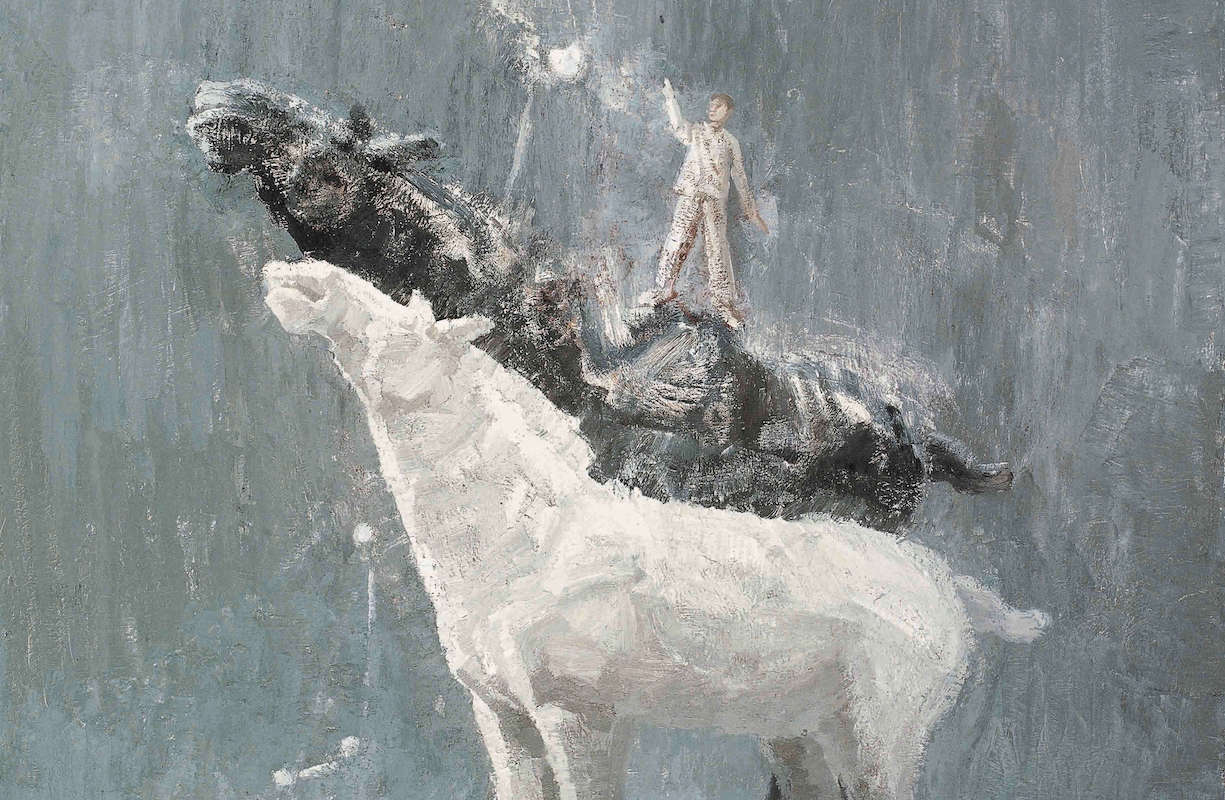
The city’s many restaurants offer another form of expression for which Yunnan is famous – delicious, spicy cuisine. Try the pungent tofu, “over-the-bridge” noodles, or erkuai – soft roasted rice pancakes eaten with a sweet or spicy sauce and grated potatoes. Yunnan also has a large variety of wild mushrooms – a real treat during the mushroom season.
Off the beaten track, Katrine recommends a stroll through the beautiful Green Lake Park where you can spot locals learning tai chi or minorities in colourful costumes practicing traditional dancing (as part of local life and not as a tourist attraction). During the winter months, thousands of seagulls from Siberia migrate to Green Lake to everyone’s delight. Across from the park is the Grand Park Kunming, offering five star accommodation and expansive views.
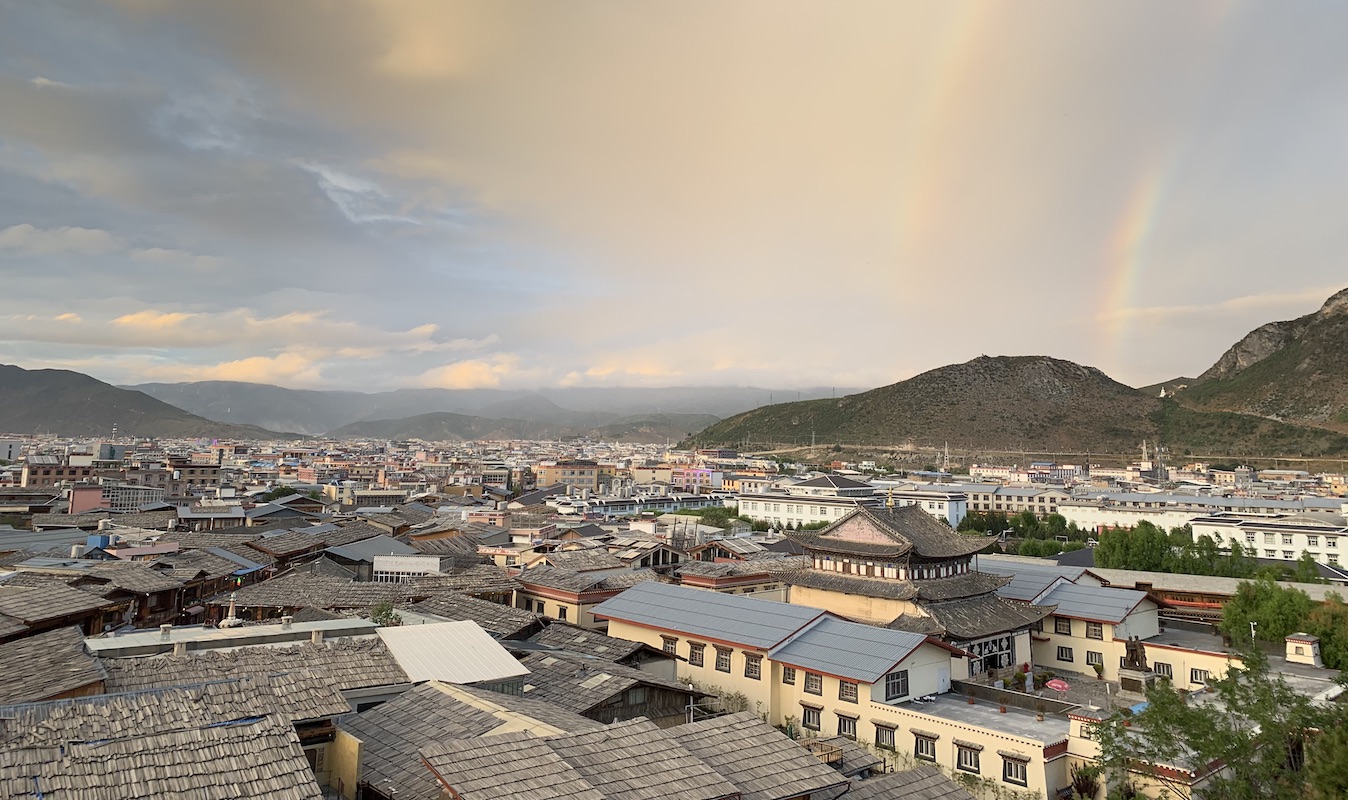
An hour drive from Kunming, in the autonomous province of the Yi People, is the Stone Forest or Shilin, a UNESCO World Heritage site where over 270 million years a limestone seabed has risen to form fascinating stone “trees”. Traditional Yi dances and handicrafts are part of the joy of exploring this natural wonder.
Hop on a plane and in an hour you are in Old Town of Lijiang, another UNESCO World Heritage site and home to the Naxi People. A plethora of traditional tiled-roof wooden houses along narrow streets lined with flowers is utterly charming but best enjoyed outside the tourist season. Being close to Tibet, shops offer traditional secular and religious handicrafts and colourful embroideries, as well as local delicacies like yak meat or yak yogurt, a thick sugary delight sipped through a straw. Banyan Tree offers luxurious accommodation with great views.
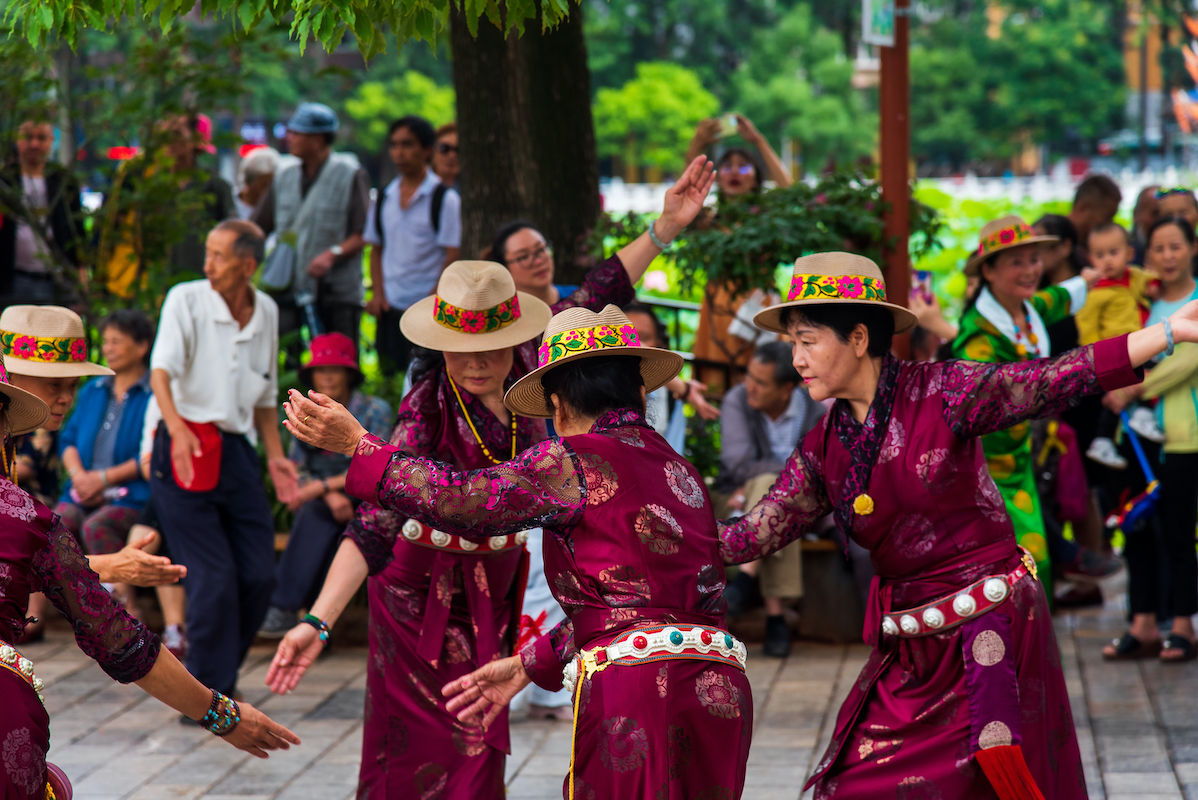
Any visitor must not miss the unforgettable drive west of Lijiang (best to hire a driver) to the legendary Shangri-la, located in the Tibetan autonomous prefecture, where the traditional way of life and dress largely survives to this day, amidst brilliantly white stupas and Tibetan Buddhist temples set against jaw-dropping scenery. Among the many highlights is Songzanlin; one of the largest Buddhist monasteries and home to the Yellow Hat sect monks, it is known for its spectacular frescoes and striking resemblance to the Dalai Lama’s Potala Palace. Next to the monastery is the charming Songstam Boutique Hotel.
In the Old Town, amidst touristy keepsakes, you can find exceptional textiles and embroidery, and justifiably pricey and intricate Tibetan Buddhist paintings called “tankas”. And a bit further afield east of Lijiang is Lugu Lake, home to the Mosuo people or the Kingdom of Women, one of the last matriarchal and matrilineal societies.
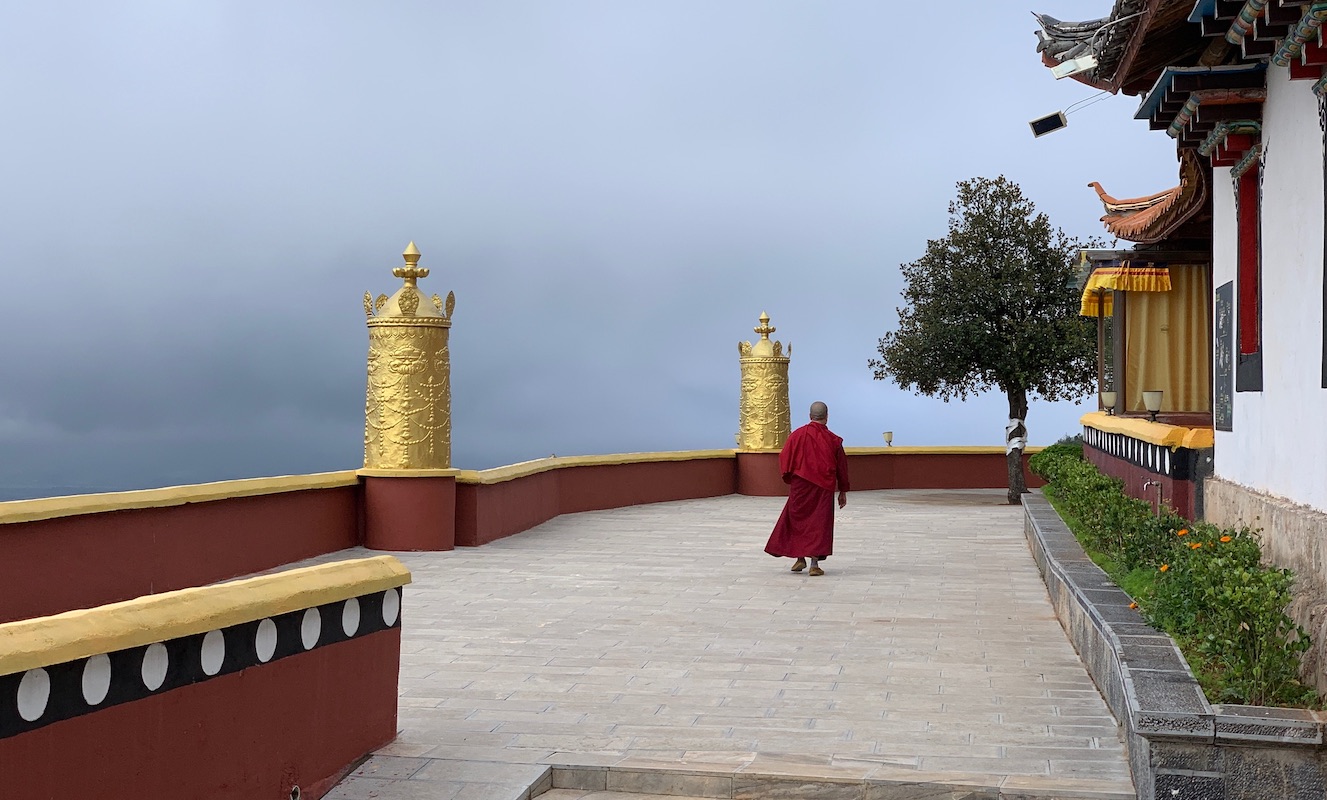
And there is so much more. Yunnan is one of those rare places on earth that surprises, embraces and offers a new perspective on life – and art.
Yunnan has a famously localised climate and the saying goes that "a single mountain can experience four seasons at once". This said, Kunming has mild temperatures all year with a rainy season in June-August while Lijiang and Shangri-la are best visited from Spring to Summer. Whatever the time of travel, a trip to Yunnan will exceed all expectations.
The art exhibition, Yunnan Visionaries, is hosted by Katrine Levin Galleries: katrinelevin.com






